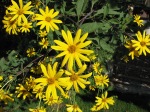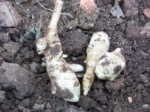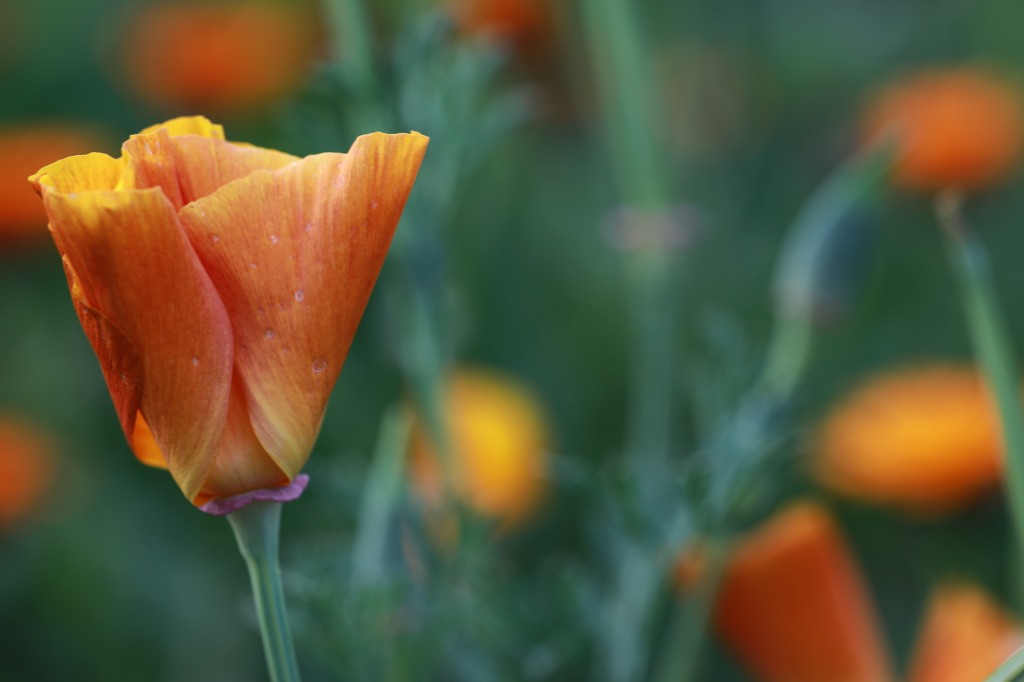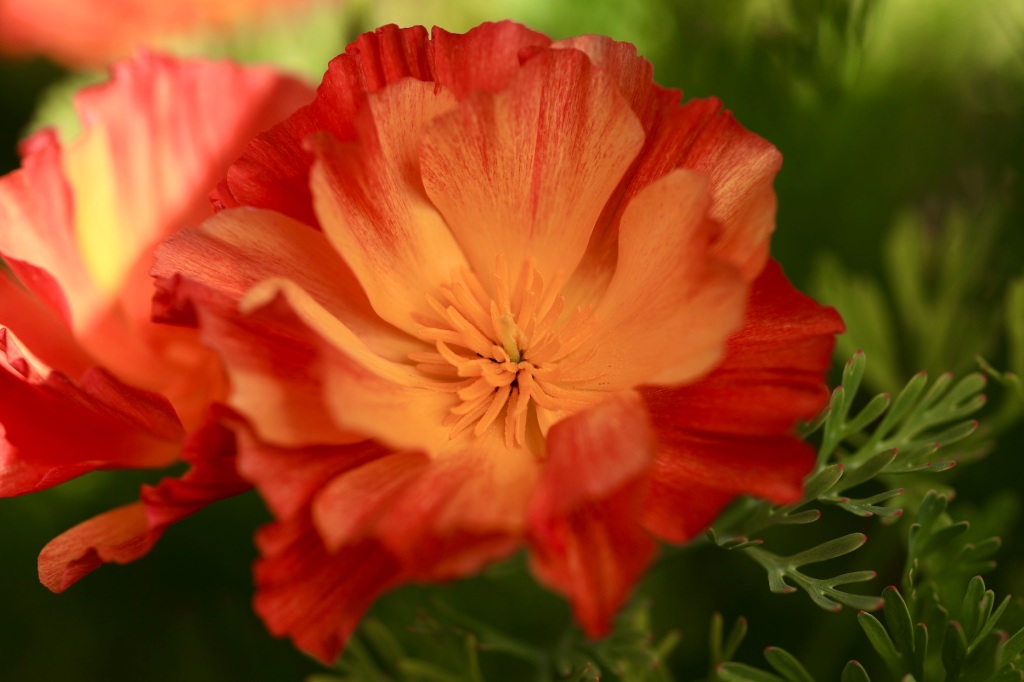What a name to give such a strange-looking vegetable. Jerusalem Artichokes have no relation to globe artichokes and they are not from Jerusalem and are often called Sunchokes. They are close relatives to sunflowers with beautiful yellow fall color. They make an excellent summer and fall screen and wind break along edges of fields and gardens becoming 12 foot tall or even taller with ample water. But beware! They can take over in few years and become an invasive weed if you don’t remove the tubers. I grow mine in a raised bed and this helps contain them from becoming a weed. I have always said that if times got hard this is one crop I could rely on. It is pretty much a fool-proof crop that is very productive and can survive with little water if need be, although tubers will be smaller.
Jerusalem Artichokes are brown, nubby and irregular with bumpy protrusions.
Their taste is similar to water chestnuts with a nutty flavored flare. In the 1920’s they were a commercial source of fructose and were expected to replace beet and cane as a source of sugar. They are an excellent source of carbohydrates.
Jerusalem artichokes are a breeze to grow even in the worst soil. They prefer a sunny location but will grow in shade. They will grow in heavy clay soil as long as it is not to acidic or subject to water-logging. The fibrous root system helps break up uncultivated ground. Although if grown in sandy soils they will grow bigger and they will be easier to harvest. Add compost at the time of planting to make for bigger, tastier tubers. So easy they won’t need much in the way of fertilizer, but they will benefit from Soft Rock Phosphate applied once during the growing season. Spring is the best time to plant tubers, but you can start from a plant almost anytime of the year, but if planted late summer or fall wait to harvest until the following year. Another way to increase the size of the tubers and to keep them from sending out new runners underground is to cut back the stalks to 5-6 foot tall. This will put energy into the already existing tubers. I love to have a few blooms for cutting though, so I cut back the front of the row and let the back bloom like crazy. Regardless of what you do, in fall when the foliage turns yellow, cut back the stems to 3-6 inches above the ground. These stumps will also leave you a marker as where to dig. It’s time to harvest! You can leave the tubers in the ground, which they will keep better this way anyhow and harvest as needed. Use a digging fork to lift the tubers. Mulch in colder climates to help protect the tubers and keep the soil warmer for ease of harvest. They will keep in a refrigerator in a bag with breathing holes for up to a month or you can cellar them in moist peat or sand. When Jerusalem Artichokes are left out they dry and shrivel rather quickly. I just like to let nature be my cellar in this case. Fresh tubers have a better flavor when freshly dug.
There is no need to peel them unless you want a very smooth, creamy-white puree. Scrubbing them right after lifting will make your job so much easier. The vitamins in Jerusalem Artichokes are just below the skin. If you do peel them it’s easier to use a knife then a vegetable peeler because of their knobby shape.
I like to slice Jerusalem Artichokes thinly and toss them in a garden salad. You can use the in the place of potatoes for ‘mashed potatoes’, but personally, I prefer to use half and half. Half potatoes and half Jerusalem Artichokes. Try them raw, roasted or cooked or creamed!







